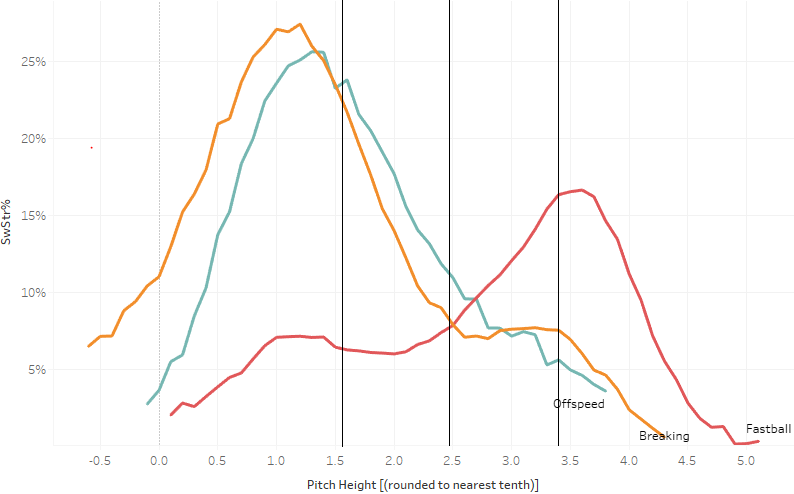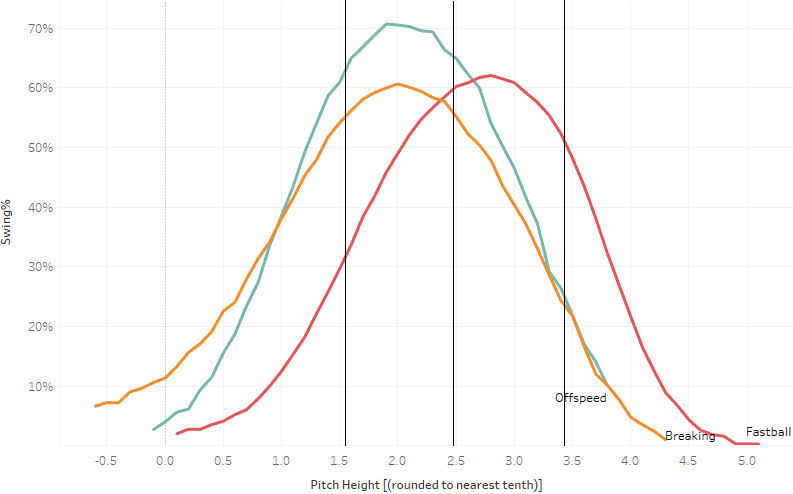Sunday Notes: Lucas Sims Has a Gripping Slider Story
Lucas Sims was one of Cincinnati’s best pitchers in 2020, and his slider was a big reason why. The Reds right-hander threw the firmer of his two breaking balls 34.1% of the time while registering a 2.45 ERA, and 11.9 strikeouts per nine innings, over 20 relief appearances. Per StatCast, opposing batters slugged a paltry .133 against the pitch. The story behind it reflects the vagaries of the art of pitching itself.
“I learned my slider from from Sonny [Gray], but it’s Sonny’s curveball grip,” explained Sims. “I was toying around with it one day — this was in 2019 — and when I threw it, it swept a lot. His is a downer curveball. I thought, ‘Well, that’s a little bit different.'”
So was the manner in which he unveiled the pitch. Sims spent a few days experimenting with Gray’s grip, but only on flat ground. It wasn’t until he toed the rubber in a game that he delivered one off a mound. The Reds were playing Pittsburgh, and Starling Marté at the plate with a two-strike count.
“I was like, ‘You know what? I might as well try it,’” recalled Sims, whom the Reds had acquired from Atlanta the previous year as part of the Adam Duvall deal. “I didn’t want to hang it — I wanted to make sure it didn’t get deposited — and ended up spiking it in the [left-handed] batter’s box. But then I threw another one and got a swing-and-a-miss. I decided, ‘All right, this is going to be a new pitch for me.”
Which brings us to the offering itself. Is Sims throwing a slider with Gray’s curveball grip, or does Gray throw a curveball with a slider grip? Read the rest of this entry »


 Dan Szymborski
Dan Szymborski
